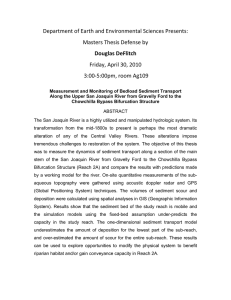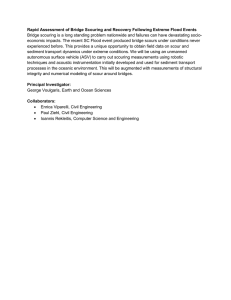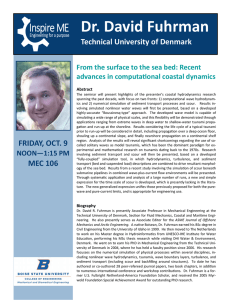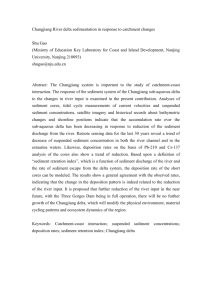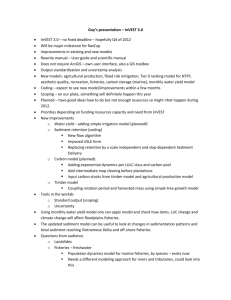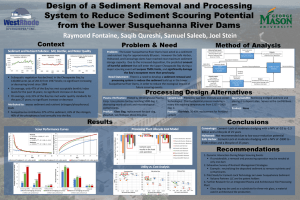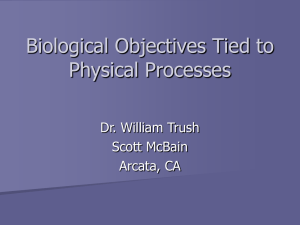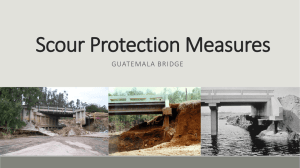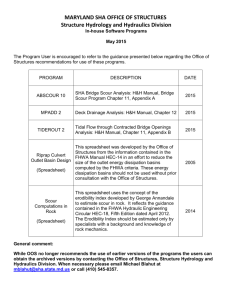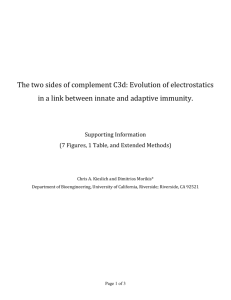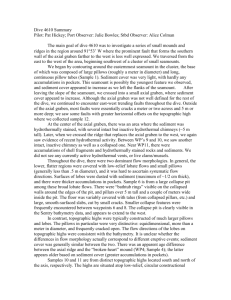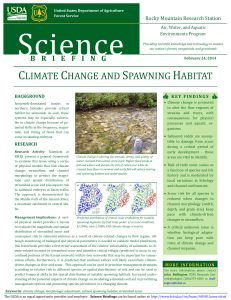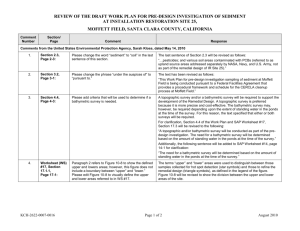Summary - Restoring the San Joaquin River
advertisement
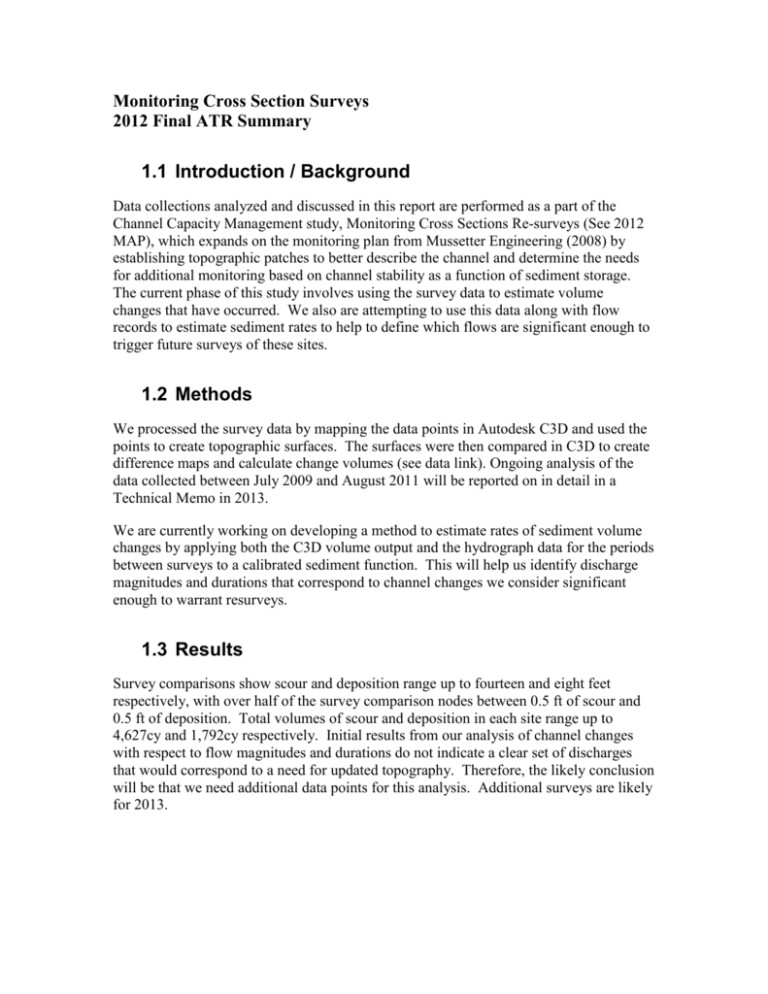
Monitoring Cross Section Surveys 2012 Final ATR Summary 1.1 Introduction / Background Data collections analyzed and discussed in this report are performed as a part of the Channel Capacity Management study, Monitoring Cross Sections Re-surveys (See 2012 MAP), which expands on the monitoring plan from Mussetter Engineering (2008) by establishing topographic patches to better describe the channel and determine the needs for additional monitoring based on channel stability as a function of sediment storage. The current phase of this study involves using the survey data to estimate volume changes that have occurred. We also are attempting to use this data along with flow records to estimate sediment rates to help to define which flows are significant enough to trigger future surveys of these sites. 1.2 Methods We processed the survey data by mapping the data points in Autodesk C3D and used the points to create topographic surfaces. The surfaces were then compared in C3D to create difference maps and calculate change volumes (see data link). Ongoing analysis of the data collected between July 2009 and August 2011 will be reported on in detail in a Technical Memo in 2013. We are currently working on developing a method to estimate rates of sediment volume changes by applying both the C3D volume output and the hydrograph data for the periods between surveys to a calibrated sediment function. This will help us identify discharge magnitudes and durations that correspond to channel changes we consider significant enough to warrant resurveys. 1.3 Results Survey comparisons show scour and deposition range up to fourteen and eight feet respectively, with over half of the survey comparison nodes between 0.5 ft of scour and 0.5 ft of deposition. Total volumes of scour and deposition in each site range up to 4,627cy and 1,792cy respectively. Initial results from our analysis of channel changes with respect to flow magnitudes and durations do not indicate a clear set of discharges that would correspond to a need for updated topography. Therefore, the likely conclusion will be that we need additional data points for this analysis. Additional surveys are likely for 2013.
